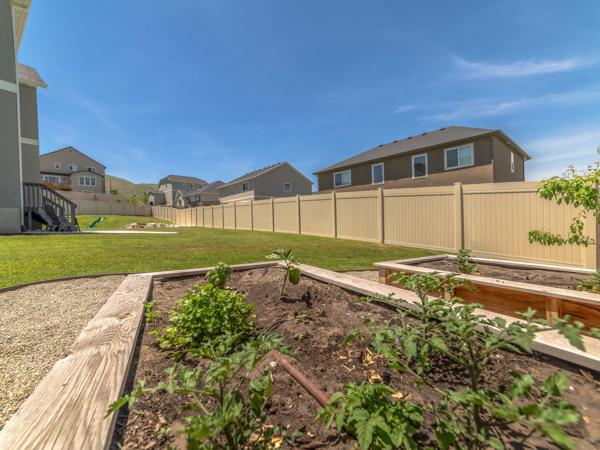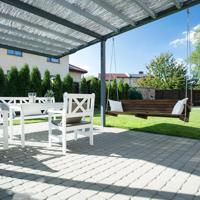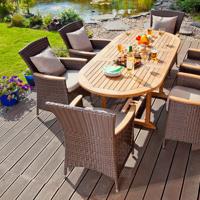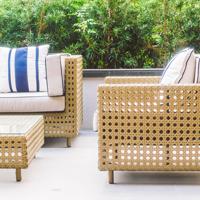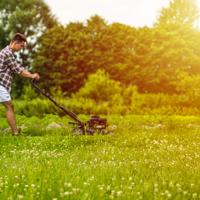Creating a garden that resonates with both beauty and functionality can be a delightful endeavor. Whether you're working with a small urban space or a sprawling country garden, thoughtful design can transform your outdoor area into a personal sanctuary.
Understanding Your Space
Start by assessing the characteristics of your garden. Take note of the soil type, sunlight exposure, climate, and existing vegetation.
Soil and Climate
- Soil Testing: Understanding the pH and texture of your soil can guide your plant selection. Many local extension services offer testing, which can be a resourceful starting point.
- Climate Consideration: Knowing your USDA hardiness zone can assist in choosing plants that will thrive in your environment. This is important when using planting guides.
Sunlight and Shade
- Sunlight Observation: Spend a day observing how sunlight moves through your garden. This will help you place plants according to their sun and shade needs.
- Shade Utilization: Identify areas with partial to full shade. These spots are perfect for shade-loving plants like ferns, hostas, and astilbes.
Designing for Function
A well-designed garden not only pleases the eye but also fits your lifestyle.
Paths and Walkways
- Functionality First: Consider how you will move through your garden. Durable materials like gravel, brick, or stone can make attractive and practical walkways.
- Aesthetic Appeal: Use curves and varying widths for a more natural feel that invites exploration.
Zones of Interest
- Separate Spaces: Create distinct areas for dining, relaxation, or play. This can be achieved with landscaping features like hedges or trellises.
- Focal Points: Draw the eye with garden features such as water fountains, sculptures, or a specimen tree.
Choosing Plants
Selecting the right plants is key to a flourishing garden.
Diversity
- Plant Variety: Mix perennials, annuals, shrubs, and trees for year-round interest. This diversity supports local biodiversity and ecosystem health.
- Height and Layering: Arrange plants by height to create depth. Taller plants like ornamental grasses can serve as backdrops for shorter, colorful blooms.
Native Plants
- Benefits of Natives: Native plants generally require less maintenance and support local wildlife. They adapt well to the local soil and climate conditions.
- Research and Resources: Local horticultural societies are excellent resources for discovering native plant species suited to your garden.
Maintenance Considerations
A beautiful garden requires care, but choosing low-maintenance options can ease the process. For ideas on low-maintenance gardening and landscaping, check out our resources.
Sustainable Practices
- Composting and Mulching: Use compost to enrich your soil naturally. Mulching helps retain moisture and suppress weeds.
- Water Conservation: Implement efficient watering systems like drip irrigation. Consider drought-tolerant plants to reduce water use.
Regular Upkeep
- Seasonal Tasks: Monthly gardening chores like pruning, deadheading, and weeding can keep your garden thriving. For more detailed tasks, check out our Seasonal Maintenance Checklists.
- Healthy Habits: Watch for pests and diseases to manage issues early, maintaining the health of your plants.
Personal Touch
Your garden should reflect your personality and values.
Expressive Elements
- Personal Significance: Include elements that hold personal meaning, such as a garden bench from a loved one or heirloom plant varieties.
- Creative Features: DIY projects like painted stepping stones or artistic plant markers can add charm.
Inspiration and Education
Learning from others' upcycling projects can inspire your design.
Community Engagement
- Garden Tours and Clubs: Join local garden clubs or attend tours for ideas and support.
- Online Resources: Websites and social media groups dedicated to gardening provide endless inspiration and practical tips.
Conclusion
Garden design is a journey that combines creativity with understanding of your environment. By taking the time to thoughtfully plan and implement your garden design, you can create a space that is both beautiful and functional. Remember, each garden is unique, reflecting the individuality and creativity of its creator. Enjoy the process and all the learning that comes with it.
For additional guidance and plant recommendations, consider books like "The Well-Tended Perennial Garden" by Tracy DiSabato-Aust or resources offered by local botanical gardens.
Your garden, after all, is more than just an outdoor space—it's an extension of your home and your heart.
